Interesting Facts About The F-16 Fighting Falcon
The First F-16 Air To Air Kill Came From The Israeli Air Force
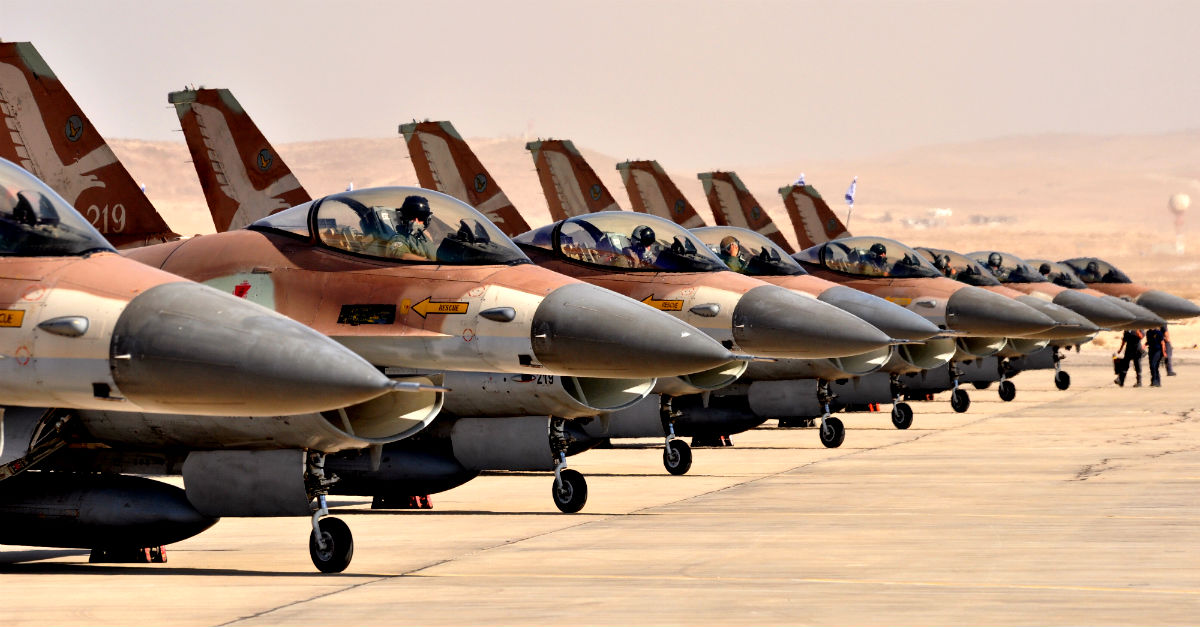
On April 28, 1981 the F-16 Fighting Falcon achieved its first successful air to air combat success at the hands of the Israeli Air Force. During the Bekaa Valley and Osiraq Raid, the F-16 successfully took down a Syrian Mi-8 helicopter via cannon fire. Just one year later an Israeli Air Force F-16 claimed its first “kill” of another jet fighter.
The F-35 Program Is Keeping USAF F-16Cs In Use Longer
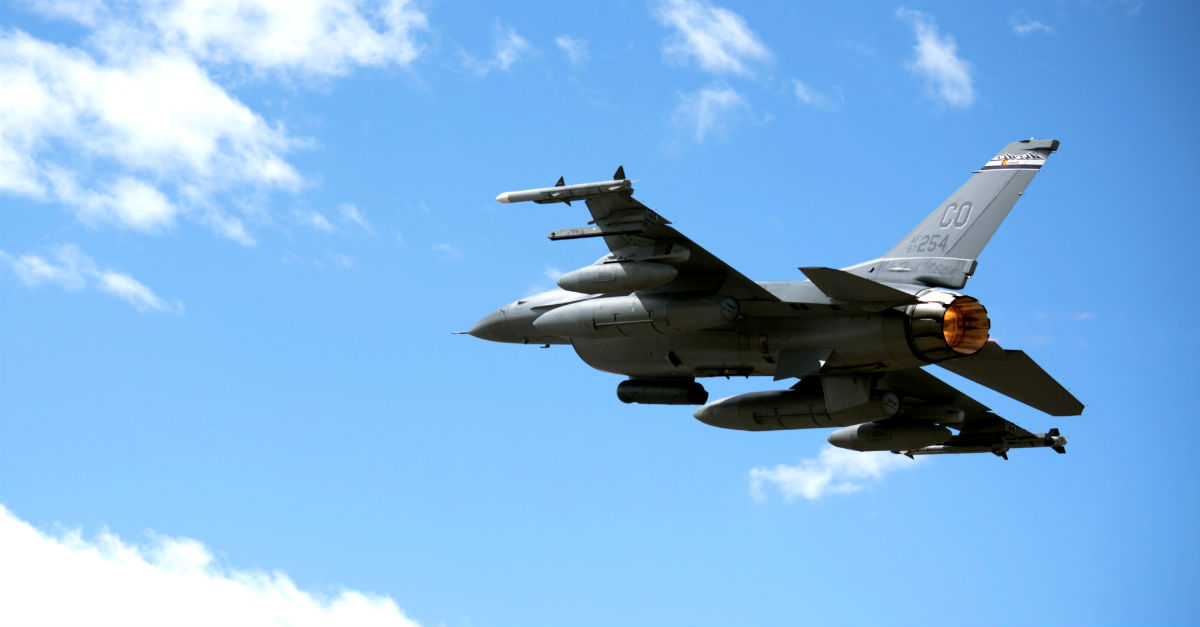
While the Lockheed Martin F-35 Joint Strike Fighter continues to struggle to become the viable replacement for the F-16 Fighting Falcon, the United States Air Force has realized its need to maintain a fleet of updated and capable aircraft. Consequently this led to a number of programs created specifically to keep this proven fighter updated with the latest avionics. One such program is the Service Life Extension Program (SLEP) effecting F-16 block 40 – 52 fleet. According to Lockheed Martin, this program will keep these aircraft operable for decades to come.
F-16 Service With The Thunderbirds Will Continue As Upgrades Begin
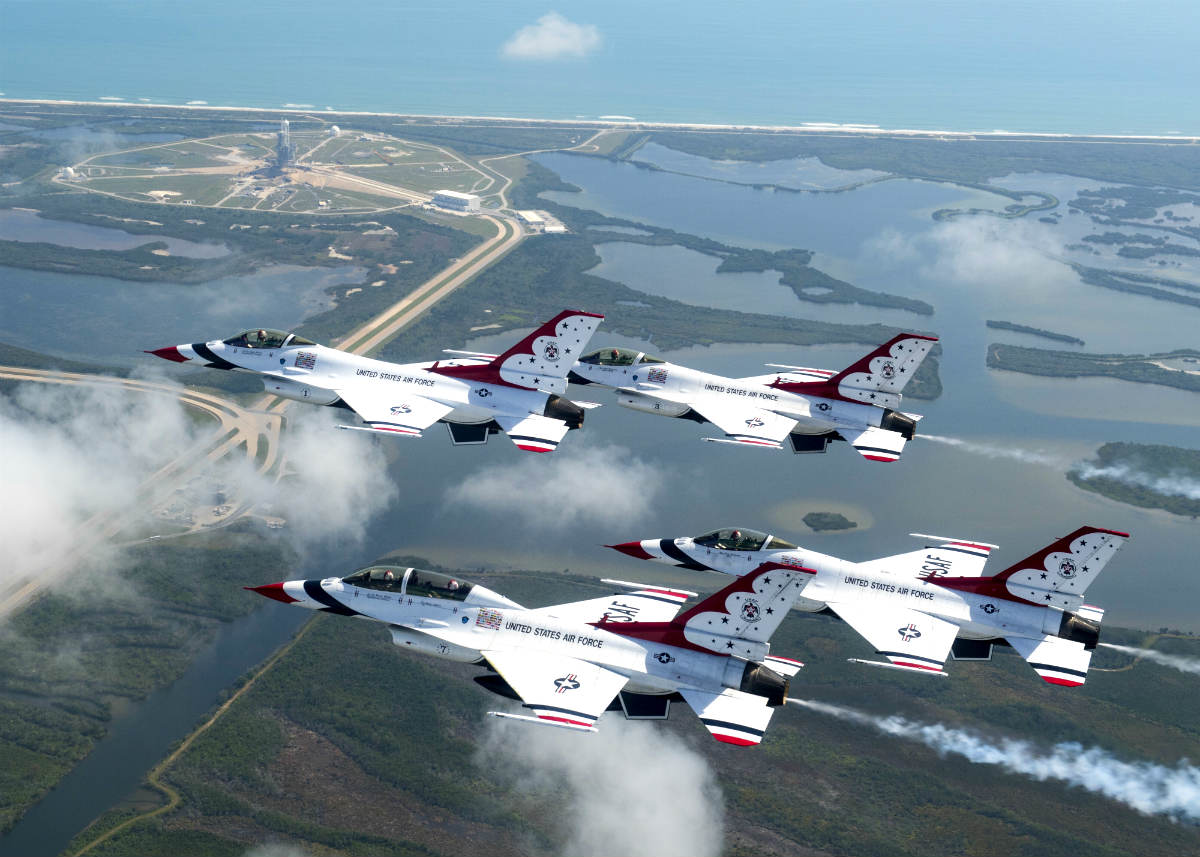
The United States Air Force Air Demonstration Squadron, better known as the Thunderbirds, have been utilizing F-16s since the early 1980s. And as combat Falcons undergo upgrades on their computer systems and radars, the Thunderbirds are preparing to receive many of those same upgrades to ensure their F-16C and D variants remain show ready. The Thunderbird F-16 aircraft are typically flown harder and upwards of two times as many hours per month than their combat counterparts, so keeping them in top shape is key.
The F-16 Is The World’s Most Popular Fighter Jet

The F-16 has been purchased by 28 militaries with a total of 2,691 aircraft throughout the world, more than any other fighter in existence. It is also the 2nd most plentiful military aircraft in the world behind the Sikorsky UH-60 military helicopter.
The F-16 Was Once Proposed To Replace The A-10 Warthog
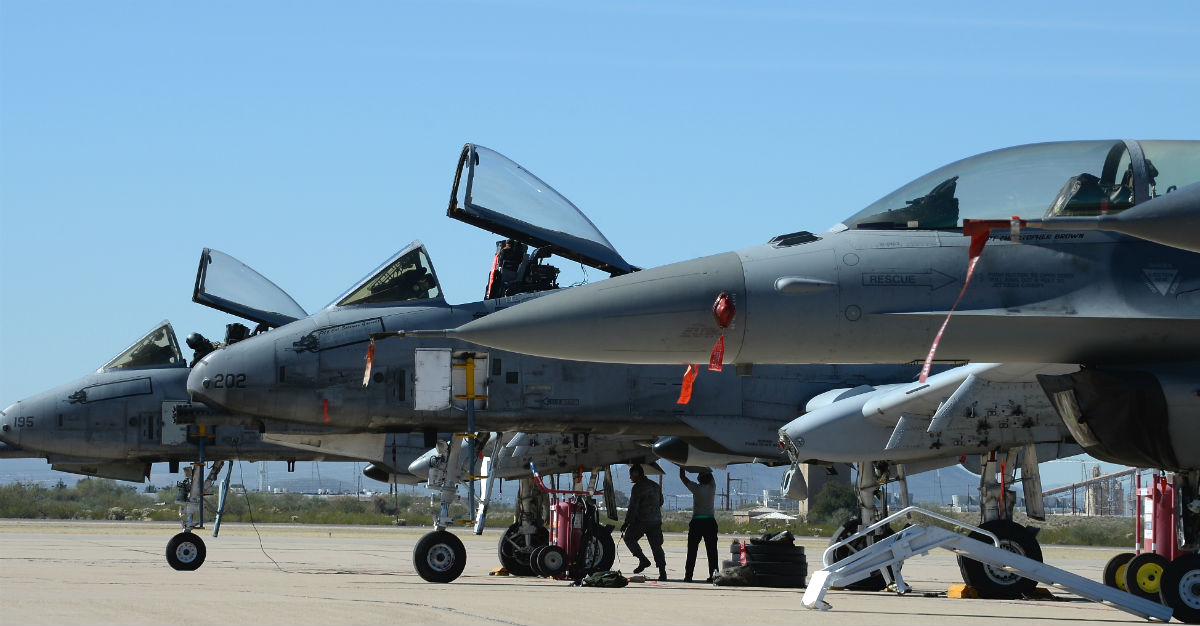
In the late 1980s, it was proposed by the United States Air Force to convert F-16s to Close Air Support aircraft in an effort to replace the A-10 Warthog aircraft. To prove that this new F-16 aircraft – to be known as the A-16 – could hold a candle to the famously tough A-10, it received a number of advanced features both in armament and avionics. In the end, these new features weren’t reliable or tough enough to bring an end to the A-10, and the F-16 remained the lightweight jet fighter it was always meant to be.
F-16s Flew 13,340 Sorties During Operation Desert Storm
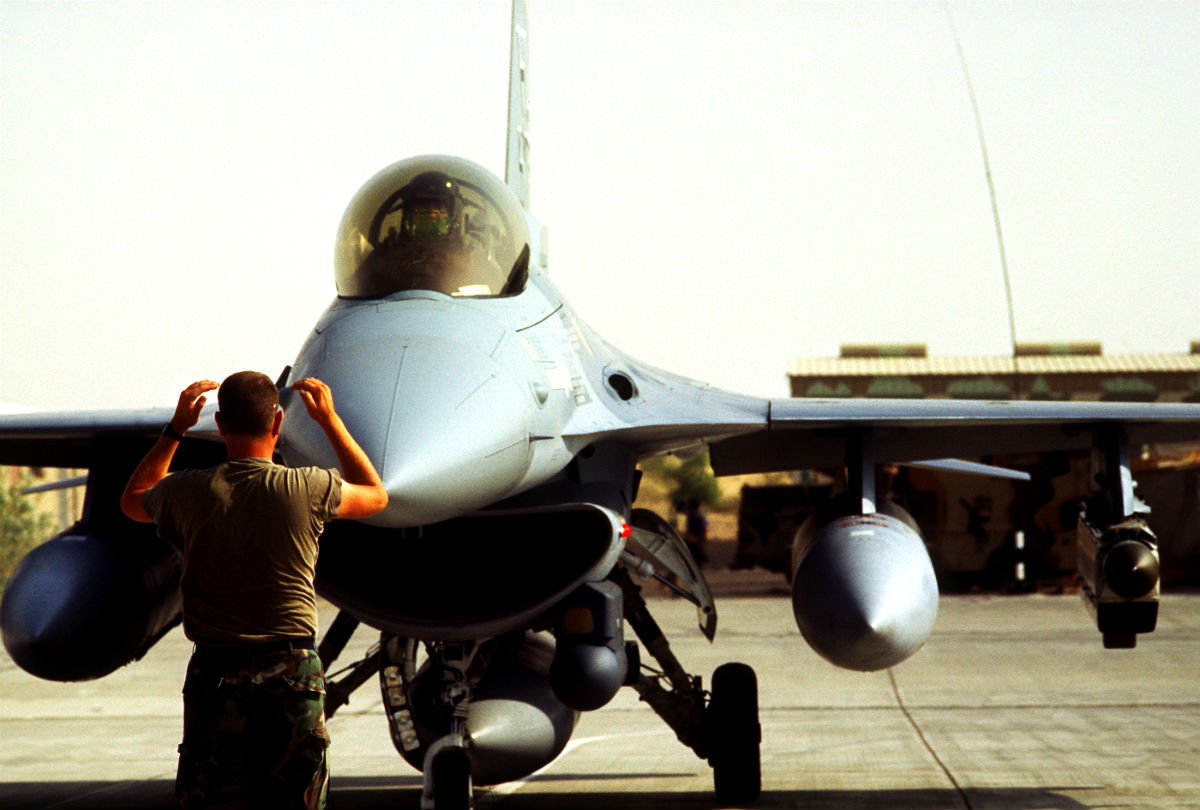
The F-16 first saw combat during the 1991 Gulf War. As part of Operation Desert Storm, 249 US Air Force F-16s flew 13,340 sorties to engage enemy targets. These missions were varied, but frequently involved engaging ground targets within Iraq or fighting it out with Iraqi aircraft in the skies above. Despite this intense series of missions—which often included daylight raids on protected ground targets—only three F-16s were confirmed lost to enemy action during the course of the war. This is a record unsurpassed by any other aircraft participating in Operation Desert Storm.
The US Has Developed An Unmanned F-16 Variant With Big Potential
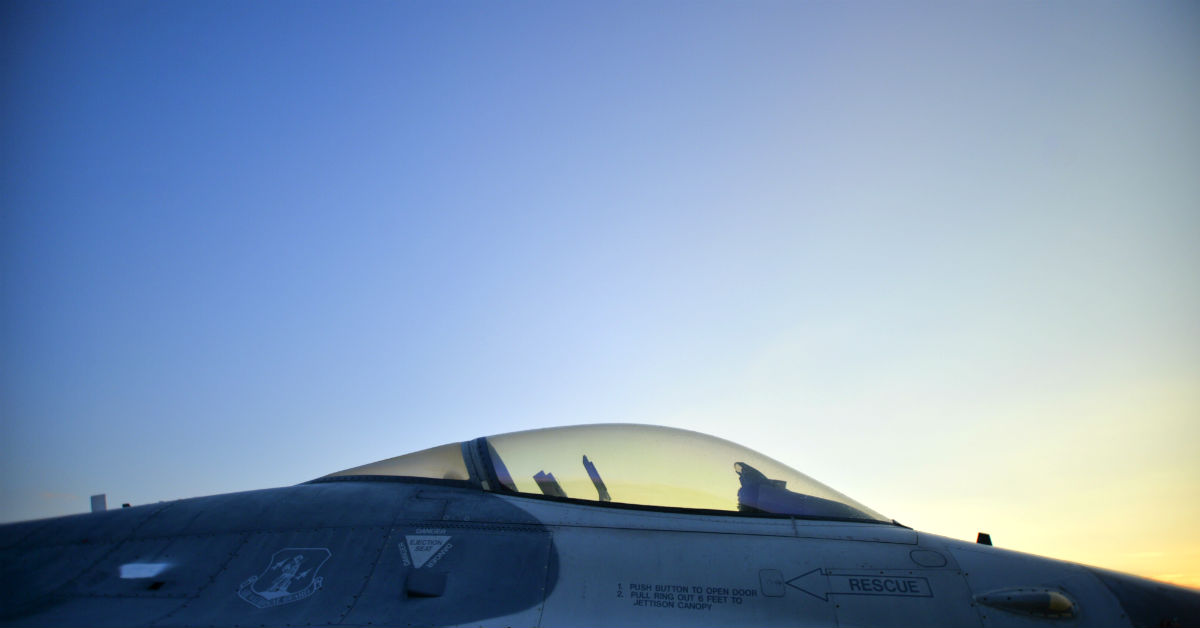
Always pushing the envelope, Lockheed Martin’s Skunkworks and USAF have now developed an F-16 drone that can do more than merely act as target practice for the F-35 Program. It was announced in April of 2017 that these unmanned F-16s have proven the ability to perform air to air and air to ground strikes accurately and not only when a mission goes completely to plan. These autonomous aircraft responded correctly when interrupted by an air threat and continued on to complete its mission successfully. This is an exciting development for the future of unmanned warfare. Many, however, believe that no amount of technology can replace the instincts of a human pilot.
F-16s Were Called Upon To Intercept One Of The Hijacked Planes On 9/11
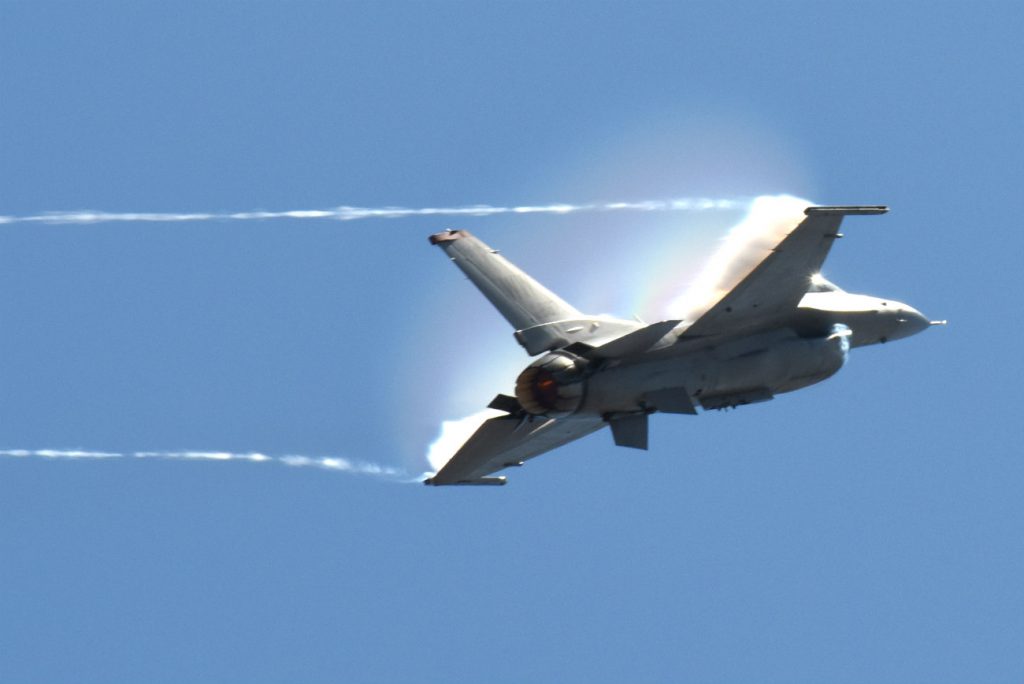
On the morning of Sept. 11, 2001, F-16 Falcons and their pilots at Andrews AFB were called upon to serve their country in a way no one could have imagined. Because of the nature of the surprise attacks, the planes weren’t prepped with weaponry. In fact, they were still loaded with dummy bullets from a training mission completed days earlier. The pilots, Col. Marc Sasseville and Lt. Heather “Lucky” Penny loaded into their aircraft anyway and the mission was clear; take out airliner United 93 using all they had – their aircraft.
The two had a full attack plan in place despite never having trained to take down an airliner. It was likely if the plan went through, neither would survive. Hours later, the two received word that United 93 had crashed in Pennsylvania. The two were then put in charge of escorting the President of the United States and clearing airspace.
The F-16 Fighting Falcon Was Almost The F-16 Viper
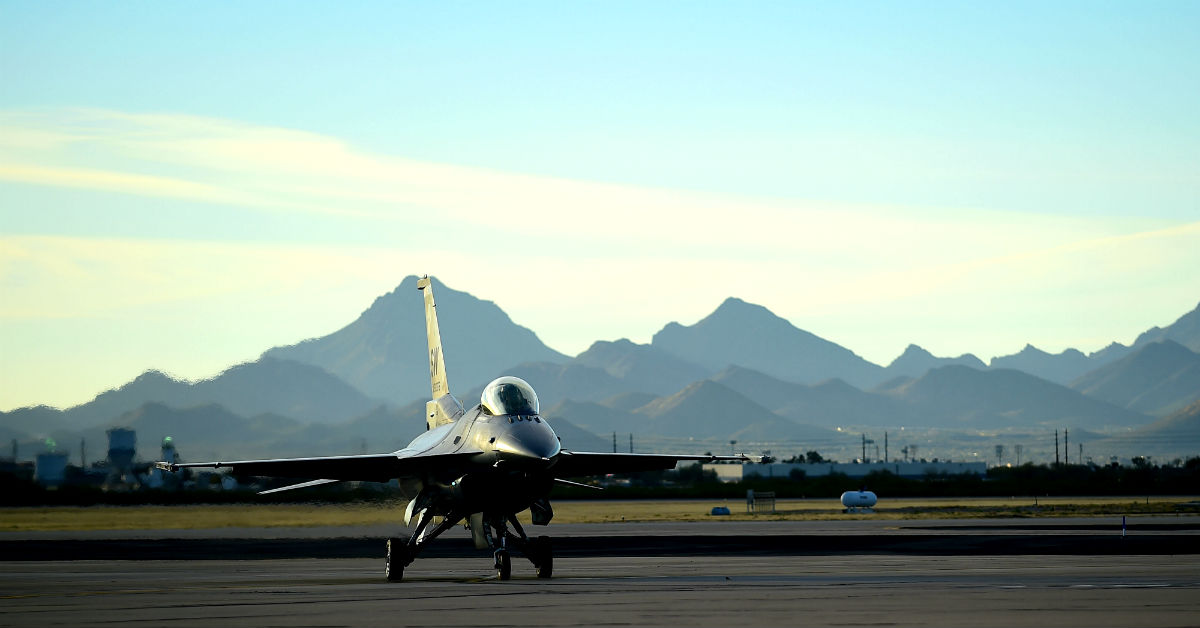
Thanks to its snake-like design, the F-16 Fighting Falcon was almost officially dubbed the F-16 Viper. It’s still referred to as such by many who have worked closely with the aircraft. The “Falcon” monicker ended up winning the official title as it fit well with the previous F-15 Eagle concept and, according to Lt. Col. Pat “Gums” McAdoo, USAF Ret.,
“In any case, the Generals didn’t want a plane ‘named after some snake’!”
The unofficial Viper name did however stick around when it came to determining the name for the award given to outstanding F-16 pilot airmanship – the Semper Viper award.

